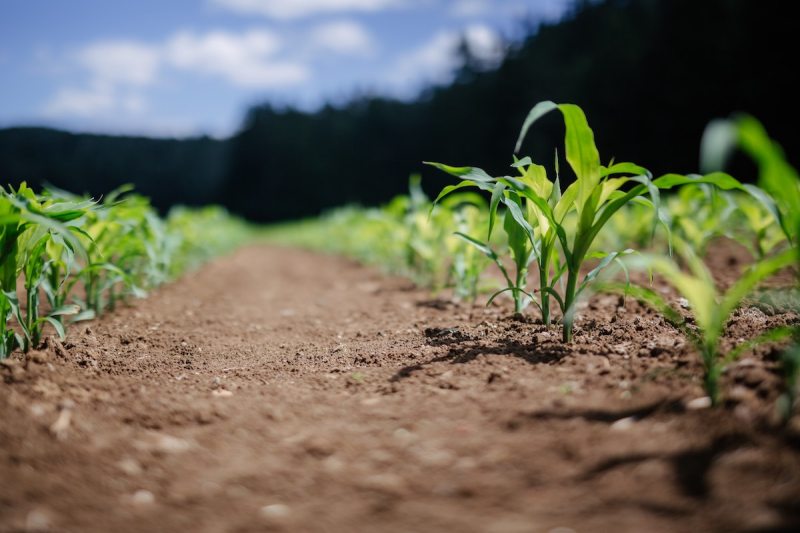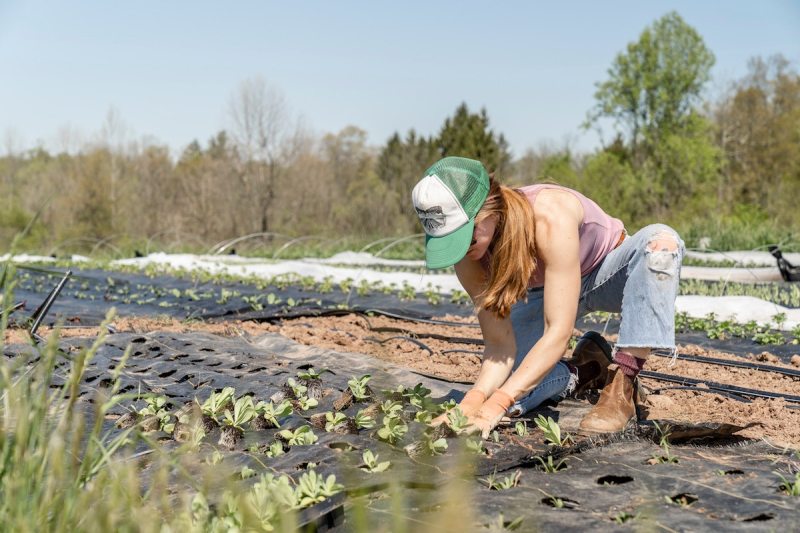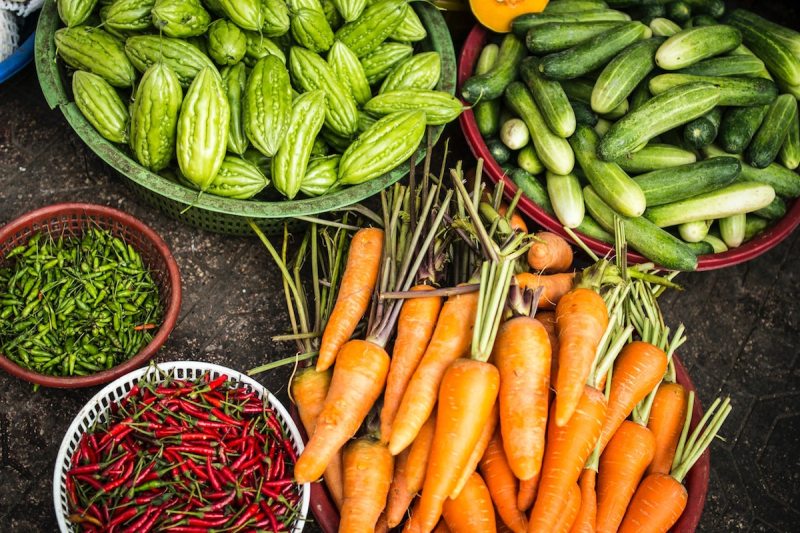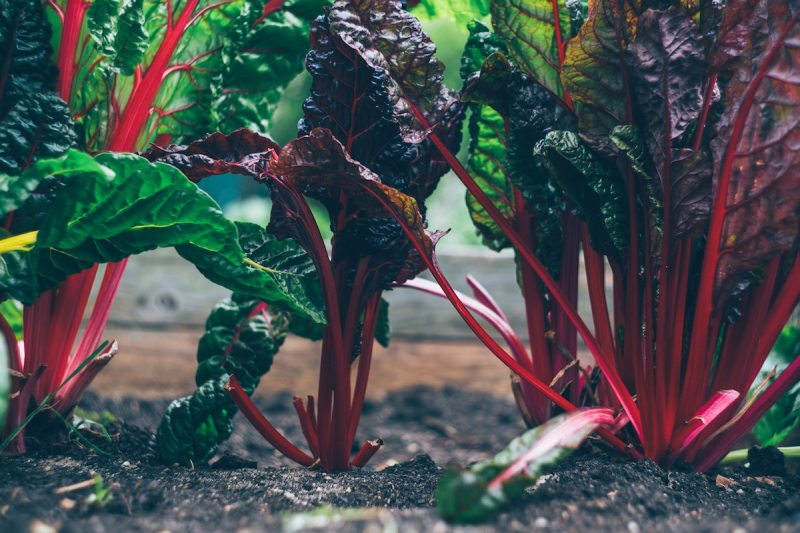Though we all want to protect the environment to the best of our abilities, it can be confusing to know exactly how to do that without needing to overhaul your entire life or live completely off the grid in some sort of eco-friendly hovel. Unless you took classes in environmental science, there’s a good chance you’re left trying to piece together which environmental practices are most effective and what is involved in them. Should you eat only organic food? What does ethically sourced mean? Does Fair Trade Certified mean a product is environmentally friendly?

Sustainability is among the top buzzwords when it comes to protecting the planet. For example, you may have heard of sustainable food practices, but you may not know exactly what it entails. Fortunately, sustainable foods and sustainable food practices are rather simple concepts with major environmental payoffs. Keep reading to learn the basics of sustainable food practices and sustainable foods and how to start making choices to better the health of the planet through the foods you eat.
What Is Sustainability?
In a nutshell, sustainability refers to living in harmony with the planet and its resources without negatively impacting the condition of either. Sustainability preserves the current condition of the planet for future generations.
What Are Sustainable Food Practices?
Sustainable food practices are an integral component of food sustainability. Food sustainability refers to producing and consuming foods that meet our nutritional needs while minimizing any environmental impact. In other words, sustainable foods don’t deplete natural resources nor contribute to climate change or other adverse environmental effects. Food sustainability involves farming, waste management, and food supply systems.
Examples of Sustainable Food Practices

Sustainable food practices involve farming, transport, packaging, and consuming foods in a way that minimizes the environmental impact. Examples of sustainable food practices include the following:
- Conserving water during farming: Nearly 70% of the freshwater used on the planet fulfills agricultural needs. Conventional watering practices waste a lot of water, while drip irrigation is much more sustainable.
- Preserving biodiversity: Converting other habitats and ecosystems to farmland can result in a loss of biodiversity and natural resources. Sustainable farming practices maximize the utility of the land, conserve land area, and minimize the disruption of the natural habitat.
- Using renewable energy: Farms that use renewable sources of energy, such as solar, wind, and geothermal energy, reduce carbon emissions from burning fossil fuels and don’t use up finite natural resources.
- Farming organically: Pesticides and fertilizers pollute the soils and water by creating toxic runoff. Organic farming does not use these chemicals and is far healthier for the environment.
- Limiting monoculture: Monoculture refers to the agricultural practice of growing just one type of crop on your land year-round. This depletes the soil of certain nutrients, contributes to erosion, and leaves the crop vulnerable to disease. Cycling through different crops over each season is a more sustainable farming practice.
- Minimizing food waste: A significant portion of the foods grown and produced every year go to waste. Food waste occurs at every step of the food production chain, from farming to packaging, shipping to consumption at home. Sustainable food practices minimize food waste by harvesting as soon as food is ready, not producing excessive amounts of crops, and packaging in a timely manner. On the consuming side of things, you can minimize food waste by buying only what you can use, getting creative with leftovers, planning meals around foods you have on hand, using all edible parts of a food, and freezing and preserving extra food before it spoils.
- Using sustainable packaging: Using recycled or composted materials, or simply reusing the packaging itself (glass bottles, wooden apple crates, etc.) makes a food product more sustainable.
- Buying and selling locally: Shipping and transporting foods from country to country or coast to coast contributes to climate change.
Why Are Sustainable Food Practices Important?

We only have one planet, so it’s important we protect it and do our best to avoid wasting or damaging natural resources. Sustainable food practices minimize adverse environmental consequences. For example, eating locally grown vegetables reduces the carbon footprint and guards against global warming because the food doesn’t need to be transported across the country.
Sustainable food practices also preserve the nutrient quality of the soils, which ultimately makes the foods grown within them more nutritious. It also cuts down on acid rain, malnutrition, loss of biodiversity, and water pollution.
Tips for Making Sustainable Food Choices

Depending on your lifestyle, where you live, your economic situation, and your dietary needs, it may not be possible to eat only sustainable foods. However, almost everyone can commit to making more sustainable food choices than they are currently, and trying to be cognizant about the sustainability of the foods you eat. Here are some tips and strategies to help you support sustainable food practices and make more sustainable food choices:
Adopt a Plant-Based Diet
You don’t have to go vegan to consume a more sustainable diet, though there are many health and environmental benefits to the vegan diet. That said, work towards centering your meals around plant-based foods minimizing your consumption of farm-raised fish, meat, and dairy.
Buy Local, Seasonal Foods
Whenever possible, buy foods grown locally while they are in season. Though you can buy blueberries in winter or bananas in Massachusetts, foods that don’t have to be transported are more sustainable. Also buy sustainable seafood, free-range eggs, and free-range meat.
Reduce Food Waste
Try to practice nose-to-tail cooking when it comes to meat and fish, and use all edible parts of the plant with fruits and vegetables. Use vegetable scraps in soups and stocks, and save and eat leftovers instead of tossing them. You can also reduce food waste through meal planning and taking an inventory of the foods you have on hand that need to be used up before they spoil or donating foods before they go bad.
Buy Foods In Sustainable Packaging
Food packaging is another place where the food industry can harm the environment. Look for foods found in recycled and reused packaging and use reusable shopping bags.
Examples of Sustainable Foods

You don’t necessarily have to look for certain labels on foods to know they’re sustainable. Rather, some crops and food products are naturally more sustainable than others. By definition, sustainable foods satisfy the nutritional needs of humans while minimizing the environmental impact. As such, the majority of sustainable foods are plant-based foods like vegetables and legumes rather than animal products like meat and poultry. Examples of sustainable foods include the following:
- Legumes: Beans, lentils, and peas are among the most sustainable foods. They require little water and have a minimal carbon footprint. They also can be grown easily without nitrogen-based fertilizers, and even act as nitrogen fixers, helping fortify the soil with nutrients.
- Cruciferous vegetables: Vegetables like broccoli, Brussels sprouts, and cauliflower are sustainable foods because they contain compounds that naturally resist pests, minimizing the need to use insecticides.
- Mussels: Bivalves like mussels are usually relatively sustainable foods. Their cultivation actually reduces environmental damage because they thrive on microscopic organic matter, some of which is otherwise a pollutant (such as agricultural runoff).
The type of food isn’t the only variable that influences its sustainability, so not all plant-based foods are necessarily sustainable. The sustainability of a food depends on the crop itself, the farming practices used, where it was grown versus consumed, and other aspects of production.




